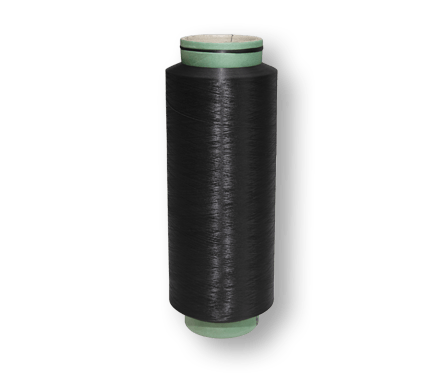Composite fabric: Composite fabric is a kind of special […]
Composite fabric:
Composite fabric is a kind of special textile processing and unique dyeing finishing using ultra-fine fibers, and then processed by "composite" equipment. The composite fabric uses the "new synthetic fiber" high technology and new materials, and has many excellent properties (compared with ordinary synthetic fibers), such as the fabric performance is fine and clean, delicate, elegant, and warm, and the fabric appearance is full, windproof and breathable. It has a certain waterproof function, and the fabric has good warmth retention.
Because the composite fabric uses superfine fibers, the fabric has a high cleaning ability, that is, decontamination ability. Another feature of the fabric is: good abrasion resistance, the microfiber fabric is soft, breathable, and moisture permeable, so it has obvious advantages in terms of touch and physiological comfort, and the microfiber fabric has poor wrinkle resistance (this It is caused by soft fibers and poor elastic recovery after creasing); in order to overcome this shortcoming, a "composite" process is adopted, which greatly improves the shortcomings of poor wrinkle resistance of ultrafine fiber fabrics. Composite fabrics are currently popular jacket fabrics in Europe and America.
Features: warm and breathable.
T/R fabric:
Extensive use of plaid or striped or flashing or monochrome T/R fabrics to make stand-up collar jackets, lapel jackets and casual wear is one of the characteristics of Aidu.
T/R fabric is polyester and viscose blended fabric. Polyester viscose blend is a highly complementary blend. There are not only cotton type, wool type, but also medium-length type. Wool fabrics are commonly known as "Quaba". When the polyester is not less than 50%, this blended fabric can maintain the characteristics of polyester's firmness, wrinkle resistance, dimensional stability, and strong washability and wearability. The mixing of viscose fiber improves the air permeability of the fabric and improves the resistance to pores; it reduces the pilling and antistatic phenomenon of the fabric.
The polyester/viscose blending ratio is mostly 65/35 or 67/33. Polyester/rich blend is the same as polyester/viscose. The characteristics of this kind of blended fabric are smooth and clean fabric, bright color, strong hair style, good elasticity, and good moisture absorption; but the iron-free property is poor.
